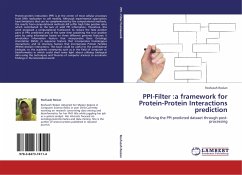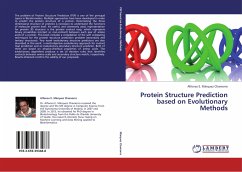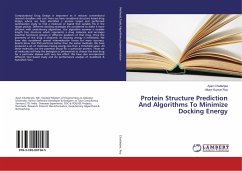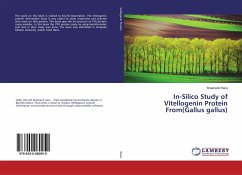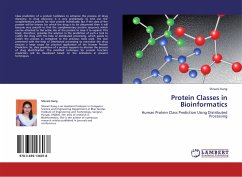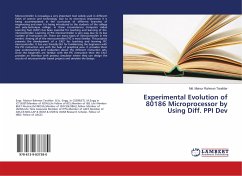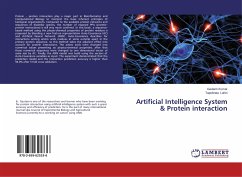Protein-protein interaction (PPI) is at the center of most cellular processes from DNA replication to cell motility. Although experimental approaches have limitations that can be complemented by the computational methods, the results from computational methods still suffer high false positive rates which contributed to the lack of solid PPI information. Therefore, this work proposed a computational framework to reduce the false positive pairs in PPIs prediction and at the same time sustaining the true positive pairs by using information based on three different genomic features: i) annotation information feature that incorporates Gene Ontology Annotation (GOA); ii) sequence feature that incorporates homologous interactions; and iii) structure feature that incorporates Protein Families (PFAM) domain interactions. This book could be useful to the professional biologist, to the academic community such as in the field of computer or bioinformatics in which could shed some light aboututilizing biological data using the techniques and theories of computer sciences to accelerate findings in the biomedical world.
Bitte wählen Sie Ihr Anliegen aus.
Rechnungen
Retourenschein anfordern
Bestellstatus
Storno

